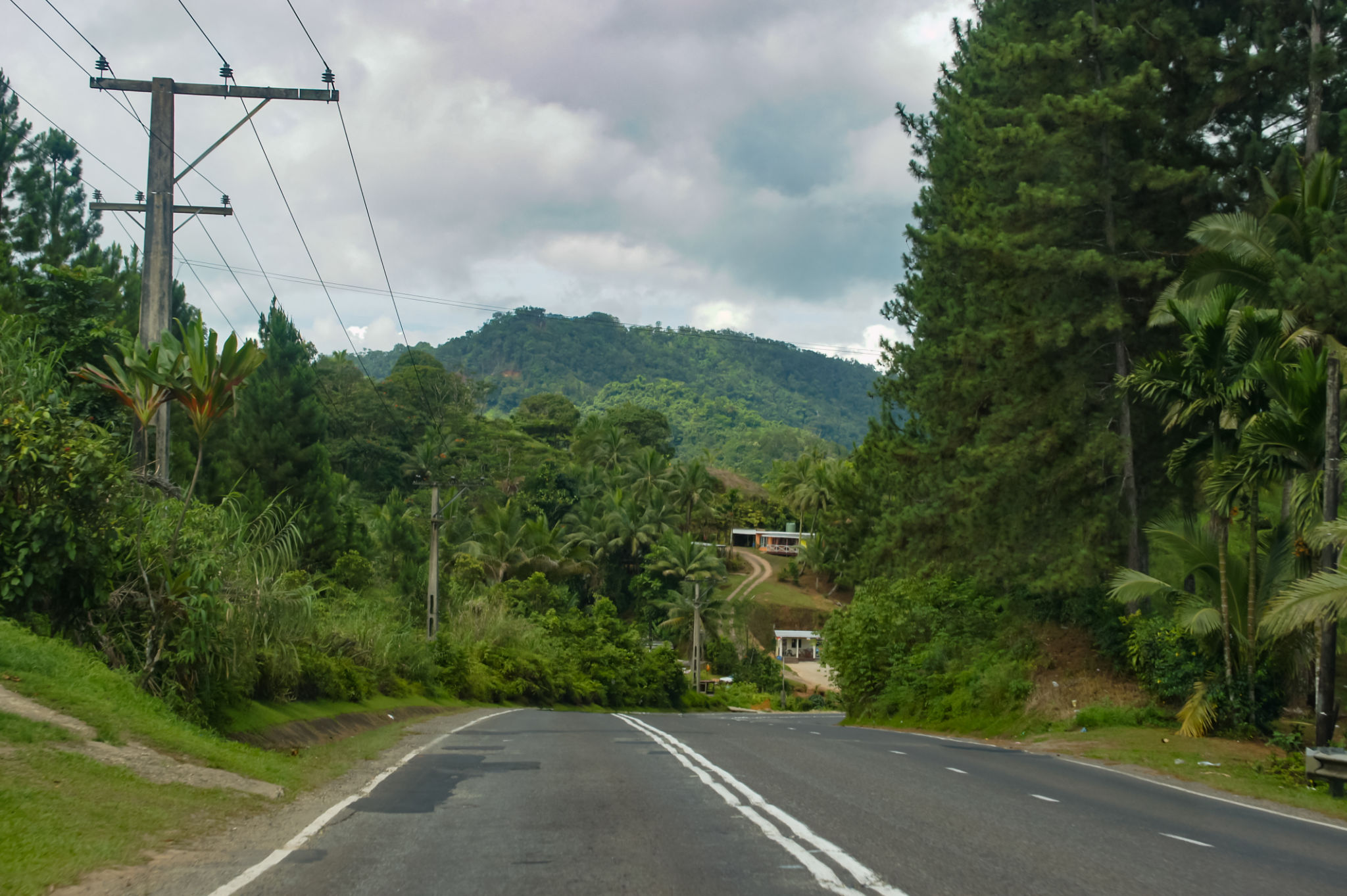Debunking Common Myths About Road Construction in Fiji
KT
Understanding Road Construction Timelines
One of the most common myths about road construction in Fiji is that projects take an unnecessarily long time to complete. While it can seem like construction is dragging on, there are several factors that affect these timelines. Weather conditions, particularly the rainy season, can significantly impact work schedules. Additionally, the availability of materials and skilled labor can also play a role in extending project durations.

It is also important to consider that road construction involves more than just laying asphalt. The process includes site preparation, drainage works, and sometimes relocation of utilities, all of which are essential for long-lasting infrastructure. Understanding these complexities can help dispel the myth that delays are due solely to inefficiency.
The Cost of Road Construction
Another common misconception is that road construction projects in Fiji are excessively expensive. While it is true that infrastructure development requires substantial investment, several factors contribute to these costs. Importing high-quality materials and equipment from overseas can lead to increased expenses. Additionally, ensuring projects meet international safety and durability standards often requires specialized technology and expertise.
Government initiatives and partnerships with international organizations aim to optimize costs while still delivering quality infrastructure. By investing in durable materials and innovative construction techniques, these projects provide long-term benefits that outweigh the initial expenditure.

Impact on Local Communities
Some believe that road construction disrupts local communities more than it benefits them. While construction can cause temporary inconveniences such as noise and traffic diversions, the long-term advantages are significant. Improved roads enhance connectivity between towns and cities, facilitate commerce, and provide easier access to essential services like healthcare and education.
The Fijian government prioritizes community engagement, often holding consultations with local residents before starting major projects. This approach ensures that community concerns are addressed and helps mitigate negative impacts during construction.

Environmental Concerns
Environmental impact is another area where myths abound. Some people worry that road construction irreparably harms Fiji’s natural beauty and ecosystems. However, modern construction practices increasingly incorporate environmentally friendly methods. Projects often include measures to protect wildlife habitats and reduce carbon footprints by using sustainable materials and energy-efficient machinery.
Environmental assessments are conducted before initiating any major project to ensure minimal disruption to the natural surroundings. These assessments help guide the planning process and emphasize the importance of balancing development with environmental stewardship.
The Role of Technology in Road Construction
The idea that traditional methods dominate road construction is outdated. In reality, technology plays a crucial role in modernizing infrastructure projects in Fiji. Advanced machinery and digital tools improve accuracy, reduce labor costs, and enhance safety on construction sites.
Technological innovations such as drone surveys and 3D modeling allow for more efficient planning and execution of projects. These advancements not only speed up construction timelines but also ensure higher-quality outcomes with fewer errors.

Final Thoughts
Debunking these common myths about road construction in Fiji helps foster a better understanding of the challenges and complexities involved in these projects. By recognizing the importance of factors like weather, costs, community engagement, environmental considerations, and technology, we can appreciate the efforts made to improve infrastructure across the nation.
As Fiji continues to invest in its roads, staying informed about these developments will empower citizens to engage more constructively with ongoing and future projects. In doing so, we can collectively support initiatives that enhance connectivity and drive economic growth throughout the islands.
